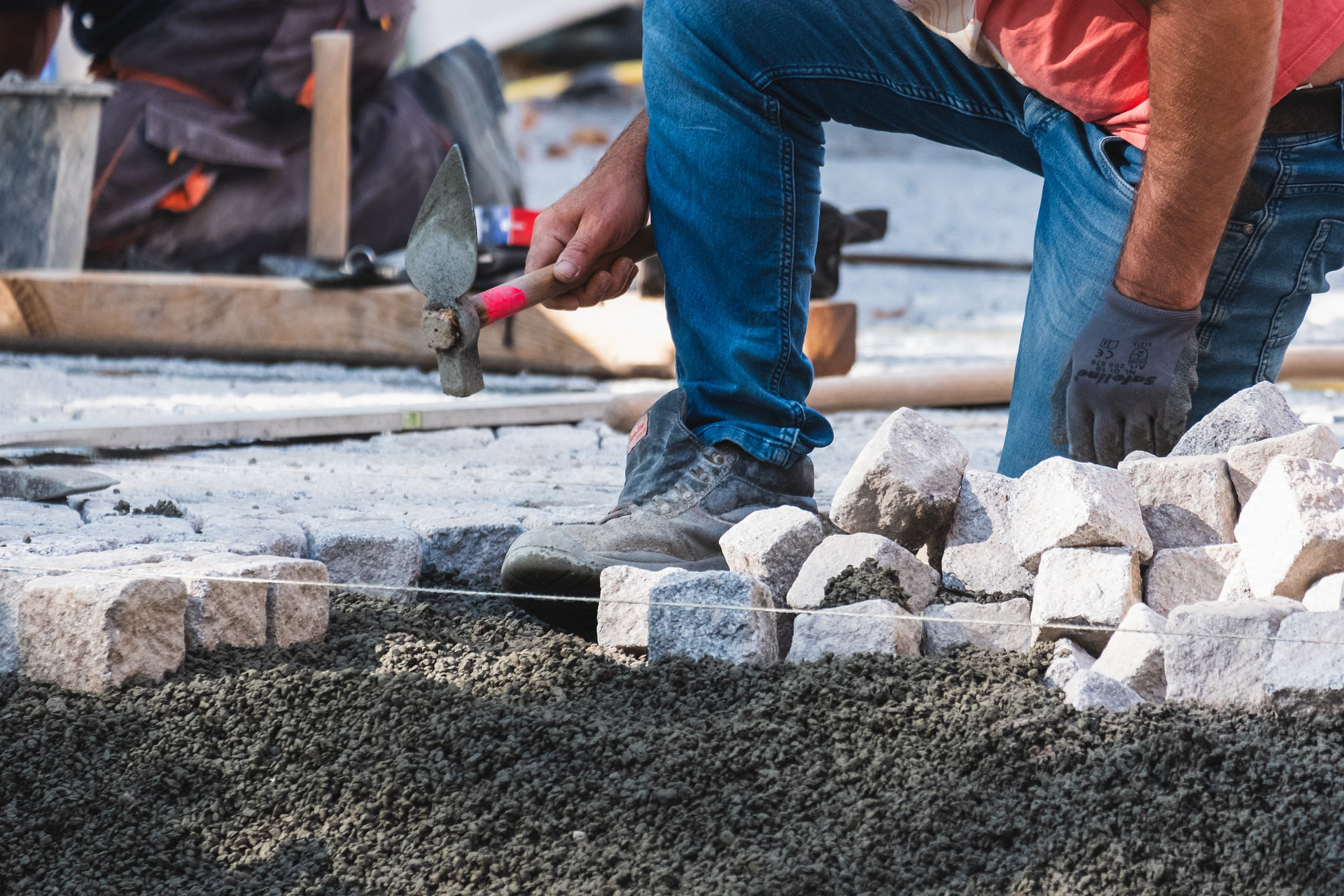
Concrete is one of the most important raw materials in the world. We need it for buildings, roads, tunnels and bridges. It is a cheap and strong material that has been around for a very long time. Even the Romans were already using a form of concrete. But there is one major drawback to it. Concrete calls for cement and in order to make it, heat is required, which results in the emission of huge amounts of CO2.
It is estimated that concrete production, that amounts to 4.6 billion metric tonnes per year, is responsible for 8% of global CO2 emissions. This is coupled with the emission of about 2.8 billion tonnes of CO2. China is by far the biggest cement producer at 2.3 billion tonnes. But Italy and Spain also score high.
It ought to be clear by now that concrete is a climate killer in the extreme. It will be an enormous challenge for cement producers to turn carbon-neutral over the coming decades. Although there may well be a solution in sight. The Johannes Gutenberg-University of Mainz in Germany has developed a method whereby limestone no longer needs to be heated. In the chemical process, this is the main source of CO2 emissions.
Burning lime
Concrete in itself is a fairly simple product. It is composed of larger and smaller stones, sand, water and the binding agent cement. The main component of cement is limestone or calcium carbonate (CaCO3). And therein lies the problem, because to turn limestone into a usable binder it must be heated to over 1400 degrees Celsius.
In large furnaces, the limestone is heated until so-called clinkers are left over, which can later be ground into cement powder. The calcium carbonate then breaks down into CaO (calcium oxide) and the greenhouse gas CO2 (carbon dioxide). This is the first source of CO2 emissions. Yet since a lot of energy is required to fire the furnaces, a lot more CO2 is also emitted.
Room temperature
Chemists at Mainz University, under the leadership of Professor Wolfgang Tremel, more or less accidentally stumbled upon a solution.
In their method, the calcium carbonate is not burned but instead it is very finely ground with sodium silicate (Na2SiO3). That grinding produces an intermediate product that closely resembles cement. When this is mixed with the aqueous solution of caustic soda (NaOH), a paste with the same properties as cement is created, which makes it a perfect binding agent for stones, sand and water.
The great thing about grinding the calcium carbonate and sodium silicate is that it can take place at room temperature. As such, furnaces are no longer needed, which eliminates a large part of those associated CO2 emissions.
According to Professor Tremel, even though the grinding process does need electricity, it takes only 10% of the energy needed for the limestone heating process. “As a result, billions of tonnes of CO2 emissions could be avoided.” An additional advantage is that the cement industry already uses grinding machines to turn the clinker into powder.


Still a long way to go
Tremel emphasizes that the research is still in its early stages. His estimation is: “It will be a process of years before this technique will and can be used on a large scale in the cement industry.” However, according to him, several companies and the German Fraunhofer research institute have already shown interest.
Tremel: “These are some former students of mine who are now working there. It is important to realize that, as a university, we only do fundamental research. The applied research takes place within companies themselves and scientific institutes such as Fraunhofer and Max-Planck that are more closely linked to industry. Those also have the machines to test things out on a large scale.”
Incidentally, that modus operandi is different from the Netherlands, Tremel notes. “In your country, universities and companies work together in laboratories a lot more. That is unusual in Germany. Many companies are afraid that they will be giving away certain secrets. They prefer to keep their doors shut.”
A lucky coincidence
Tremel explains that the research that he and his team undertook initially had nothing to do with cement. It was a study of different types of industrial mills used in e.g. the chemical, pharmaceutical and paint industries to grind and mix powders and other substances.
- For example, there are ball mill machines, in which bullets collide with each other in a rotating hollow cylinder. The substances in between are then ground extremely finely this way.
- A second form is the classic mortar, which is often used in pharmacies to prepare medication.
- Furthermore, there are so-called disc mills that are intended for more solid substances. Think, for instance, of a quarry where stones are ground or the conventional production of olive oil, where kernels are ground between two huge stones to extract the oil.
During the study, the researchers discovered that the ball mills could also be used for the simple grinding (and disintegration) of calcium carbonate. “This just goes to show the importance of fundamental research,” Tremel states.
Alternatives
Of course, the concrete industry itself realizes that it cannot go on this way, with the massive emissions of greenhouse gases. One of the solutions they have adopted so far is to use waste materials instead of fossil fuels when heating lime. Examples are sewage sludge, car tires and green waste. In the future, green hydrogen will also be considered.
A second way to look at is to find more favorable compositions of lime and other ingredients. Thirdly, climate gains can be achieved by recycling old concrete. Fourthly, ways are being sought to produce concrete with a lower percentage of cement. And finally, one option is to store CO2 underground.
But a really major breakthrough, like the one at Mainz, has not materialized so far. There is hope in that respect. “But it’s going to be a long haul,” Tremel confirms.
- A link to the scientific study from Mainz, published in the journal Advanced Functional Materials, can be found here
- Also read this article we wrote earlier about the Finnish company Betolar that claims to have found an alternative to cement.







